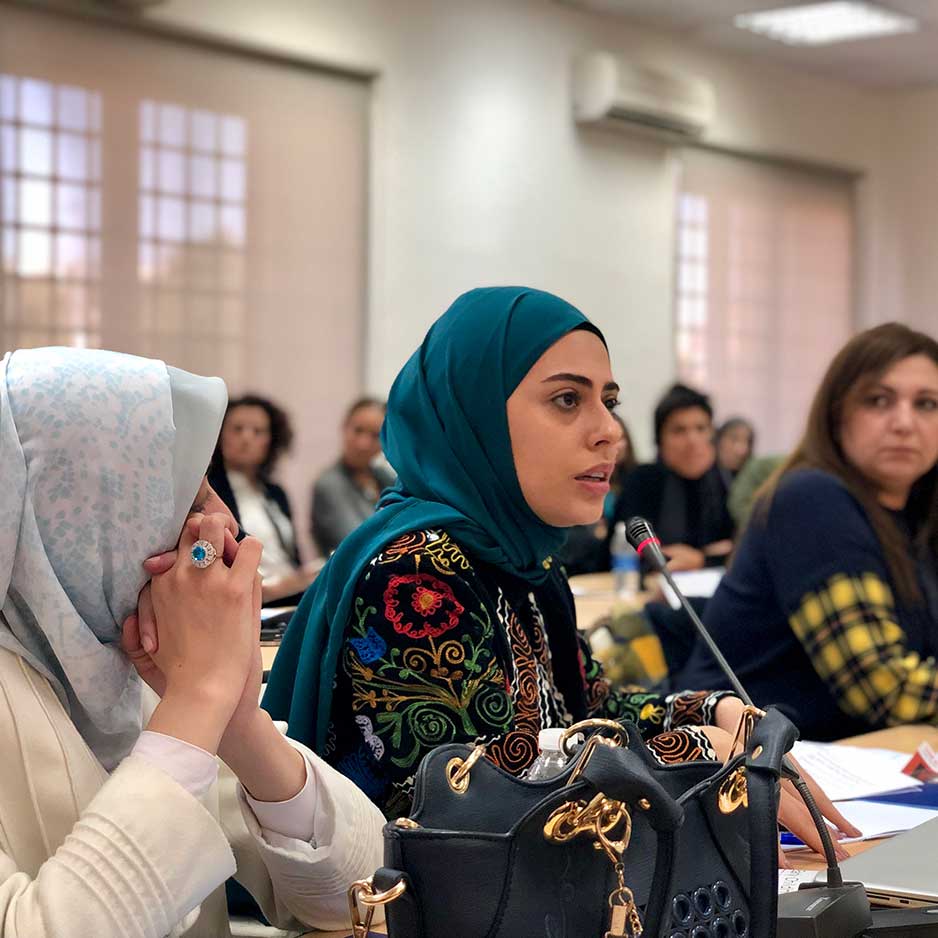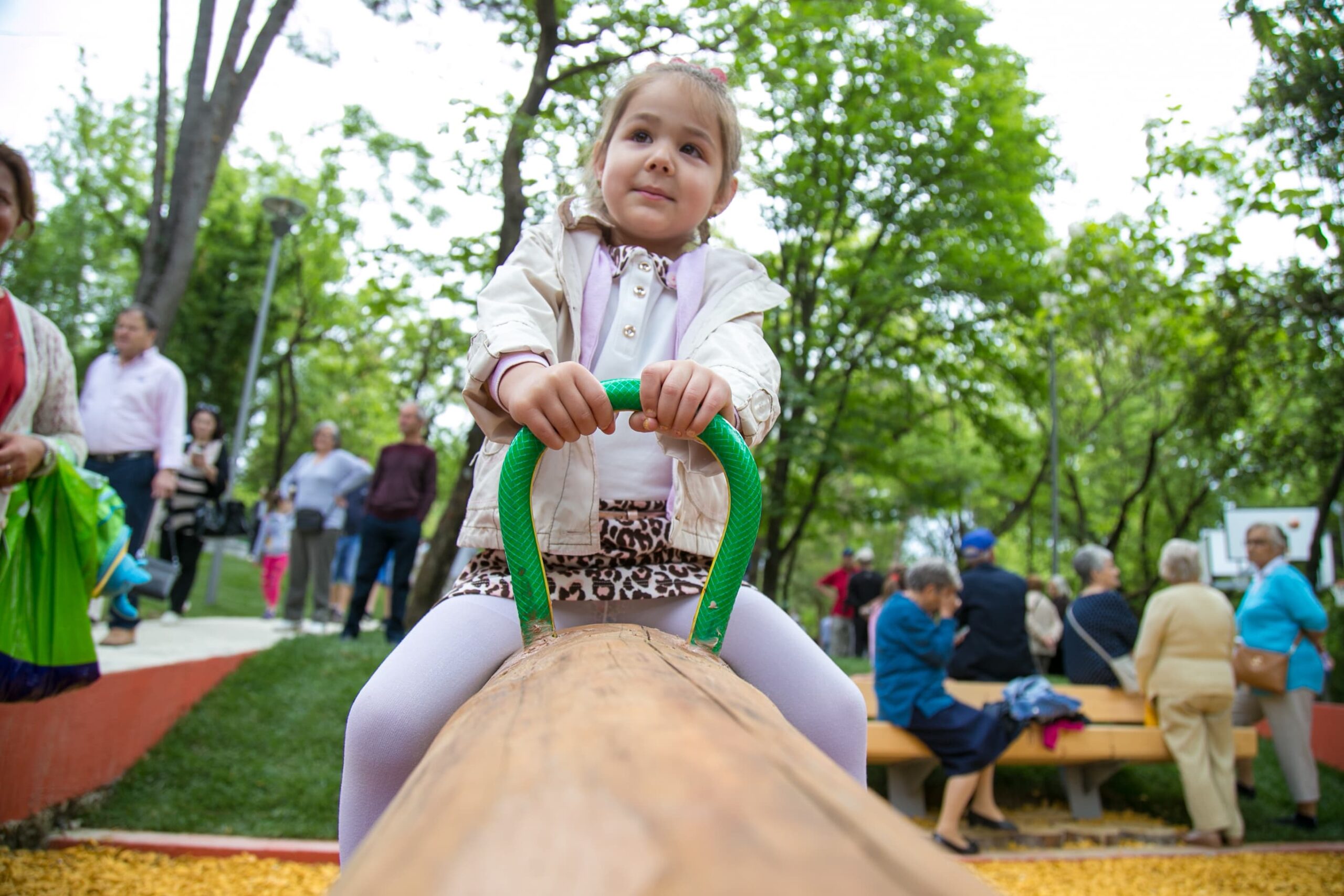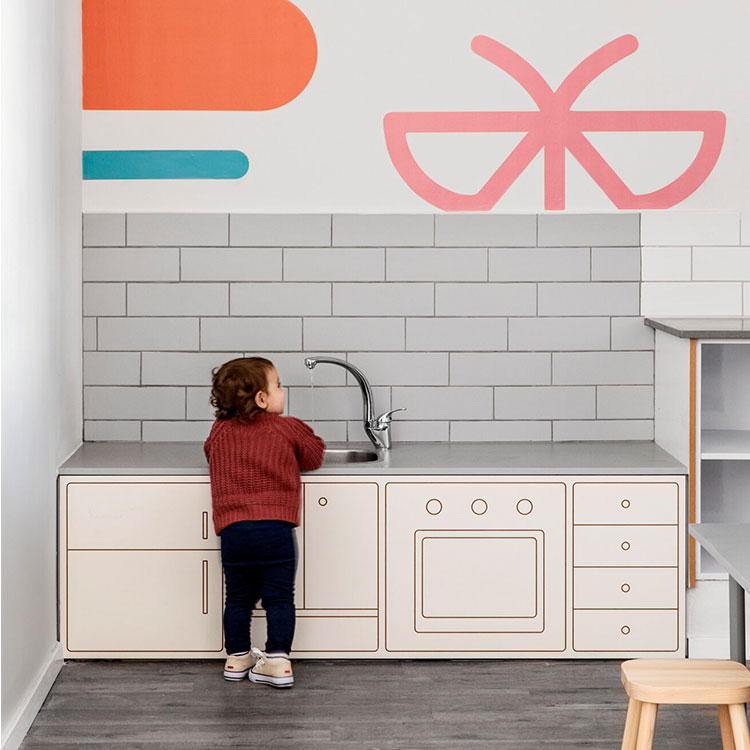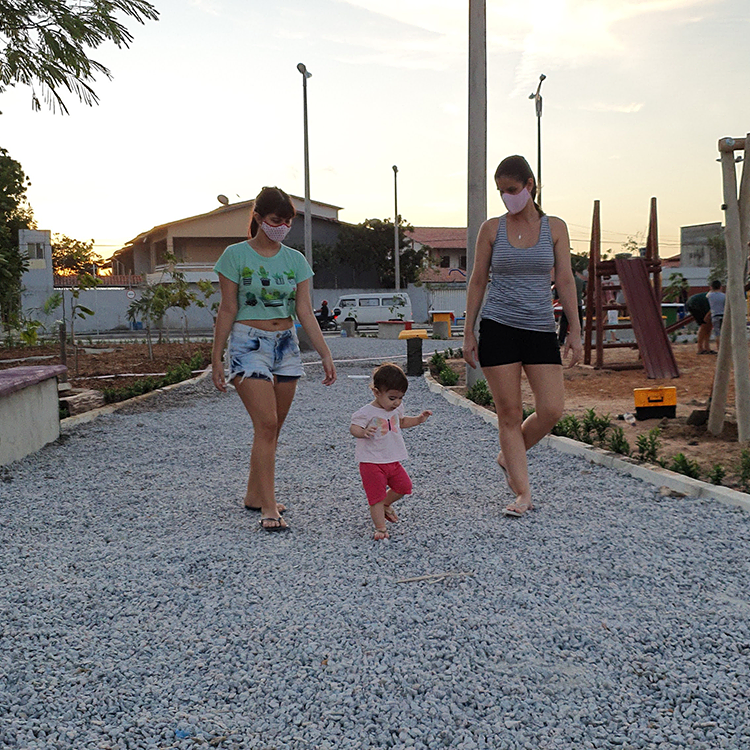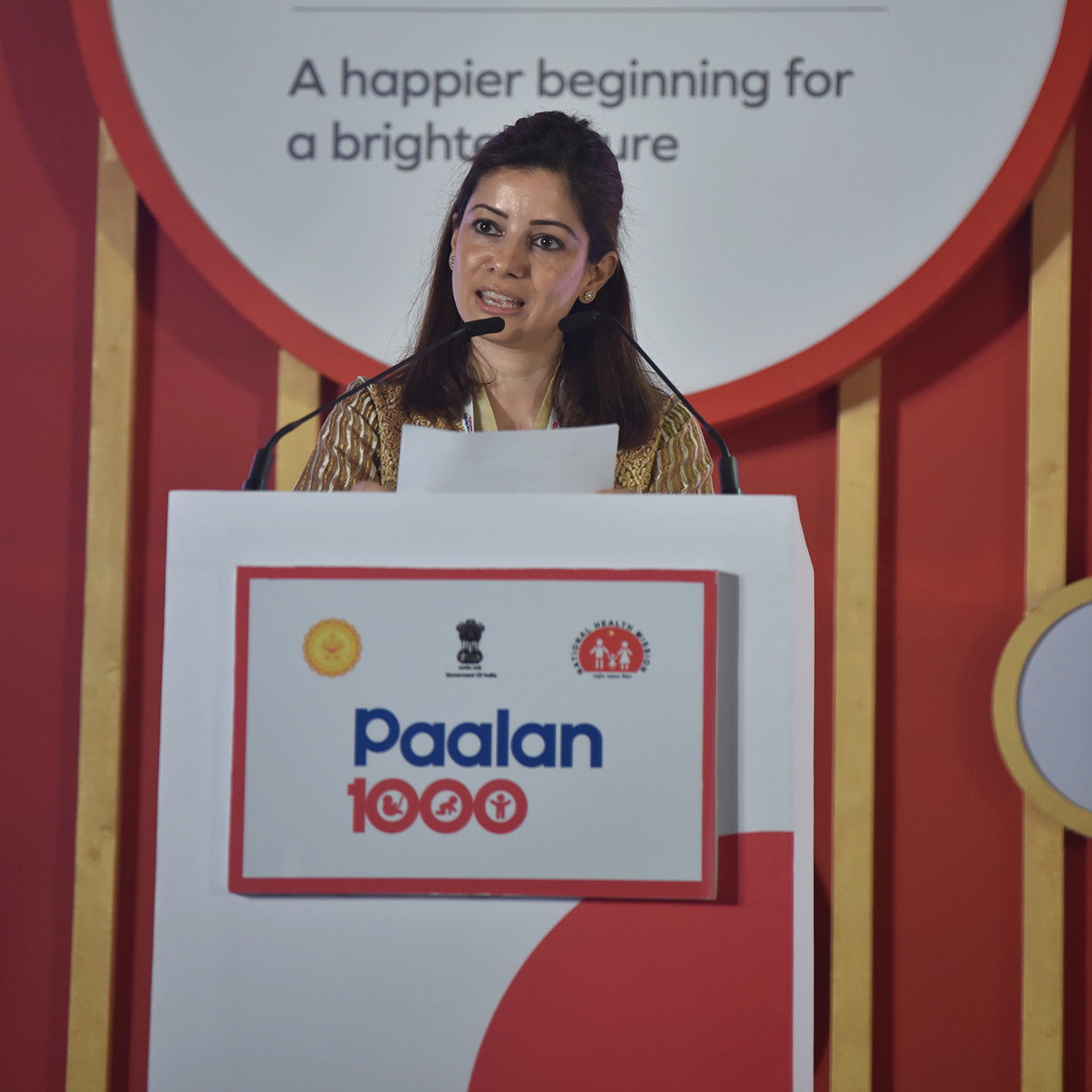UNHCR tells us that more than 5.6 million people have fled Syria since the onset of the civil war in 2011, seeking safety in neighbouring countries and beyond. An estimated half of them are children. Growing up amid conflict, or living in poverty and displacement, is a traumatic experience that brings many challenges. Experiencing this kind of trauma can have a severe impact on their brain development and therefore on their future and that of their entire generation. But as Katie Murphy from the International Rescue Committee said: ‘a generation at risk, but not yet lost’. These children and their caregivers need our help. This is why the beautiful Columbia Global Center in Amman, Jordan, hosted 22 journalists from 16 different countries last month for a Dart Center journalism training workshop, to gain attention for and talk about this important topic.
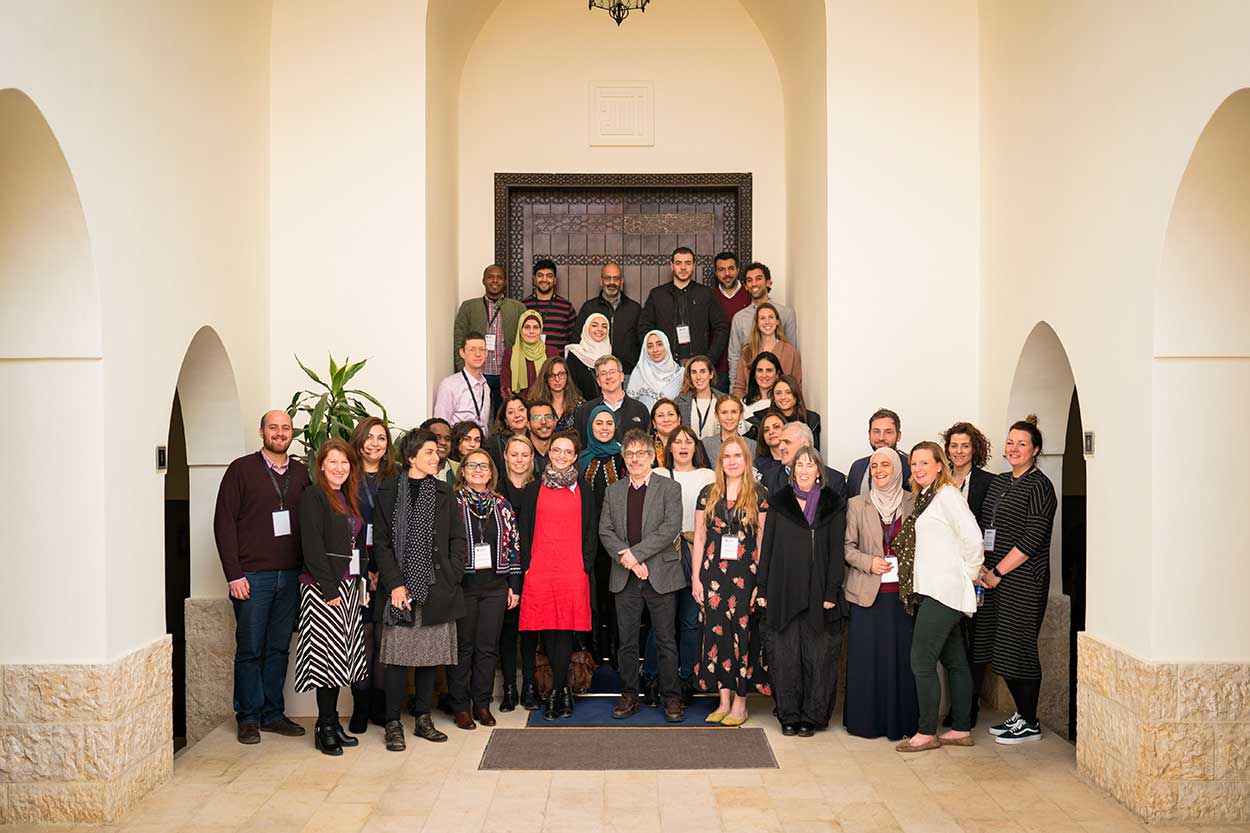
This second journalism training workshop in a series of six was the first one to be held outside of New York City and the first one to focus solely on one topic: the Syrian refugee crisis. It brought together a varied group of motivated journalists – from TV and radio reporters, photojournalists and editors, to newspaper reporters and multimedia journalists – who all had the same drive and desire: to help people in distress by telling their stories, showing their lives and experiences, and telling the truth about what is happening at the moment with this group of people going through the severe trauma of conflict, poverty and displacement. What was special about these journalists in relation to the topic – besides their experience, knowledge and background in documenting this specific crisis – was that many of them were actually refugees themselves, had gone through similar journeys and experiences, and could therefore relate to the subjects personally.
The workshop officially opened with a keynote speech by Her Royal Highness Princess Rym Ali, Founder of the Jordan Media Institute. With a rich media background herself, she shared some powerful messages talking about the important role that journalists play especially in the Syrian refugee context.
“Their scars are invisible, but what Syrian refugee children have witnessed goes beyond post-traumatic stress syndrome. And journalists play an important role in making sure the public understands that.”
She refers to the role of media and the reporters as “a window in a place where people have no voice”. I thought this hit the nail to the head as to why we were there in Jordan together. The aim of this training workshop was not only to educate on the importance of the early years and the effects that prolonged trauma during the crucial first years of life can have on very young children, their families and their future, but to illustrate (with real life examples and experiences from both fellow-journalists and experts in the field of early childhood), motivate and activate – because journalists play a crucial role in sharing with the public the stories that desperately need to be told, heard and seen.
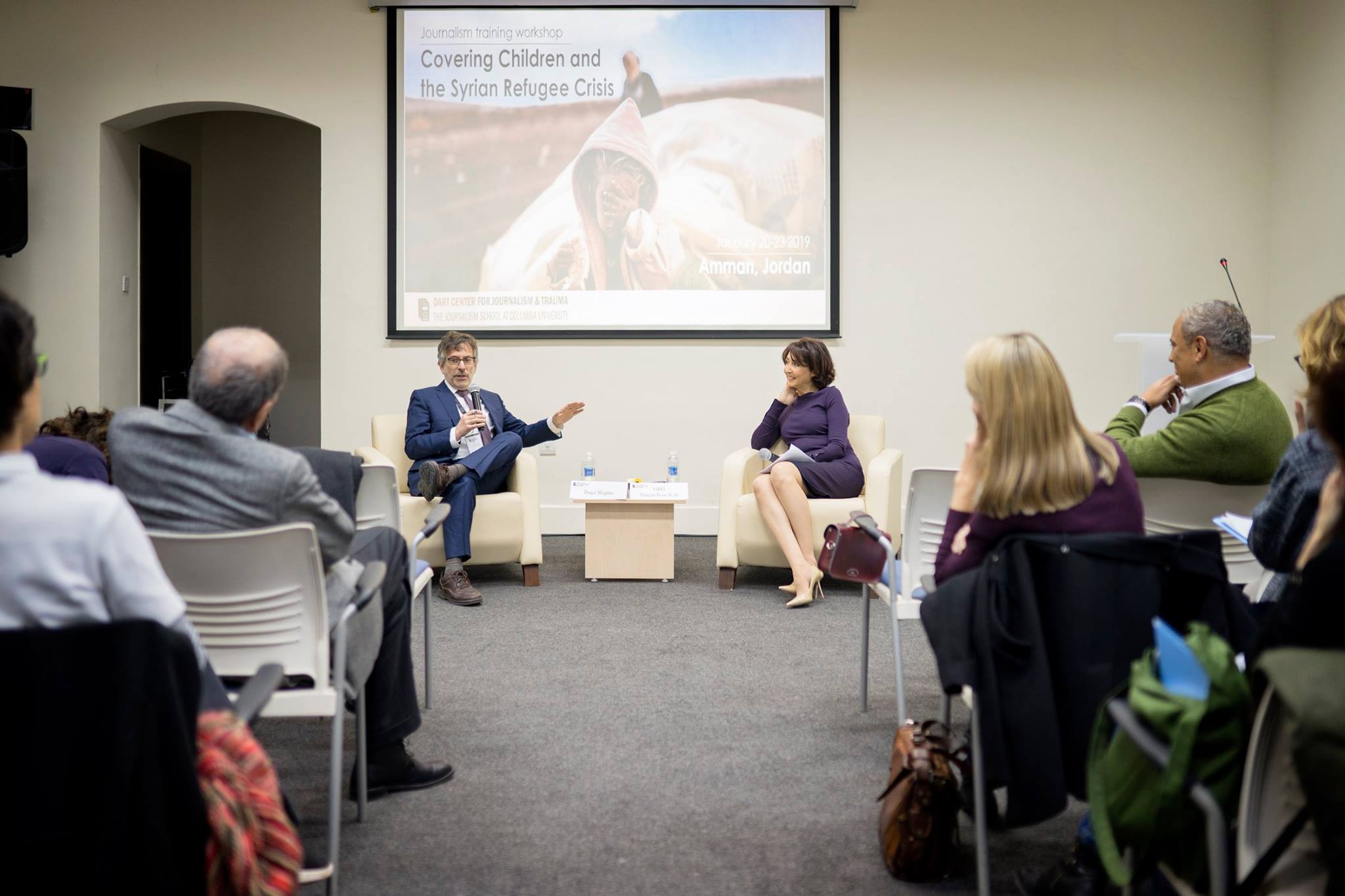
The second day of the workshop focused on the state of young children in the refugee crisis: among the topics covered were the basics of early childhood development and the effects of trauma on the development of young children and how this can affect health across the life course. After explaining why the early years are so important and that investing in early childhood development is therefore crucial (this is where she said ‘a generation at risk, but not yet lost’), Katie Murphy from IRC shared the shocking reality that ‘68.5 million people are displaced worldwide and over 50% of them are children. But less than 2% of the humanitarian funding goes to education and of this only 1% goes to early childhood development’. This needs to change and the world needs to know why.
This was a great bridge to the session where Stacy Drury, Associate Professor of Psychiatry and Behavioural Sciences at Tulane University, dove more into the science behind why those early years are crucial. According to her, some key points to remember about neuroscience are:
- children are different from adults;
- children are not all the same;
- parents are important;
- trauma is bad.
She talked about the importance of stimulation for a child’s development and the important role caregivers (e.g. parents, grandparents, mentors) play here. She also explained the development of a child’s brain in more detail. Fun fact: when we were asked which one of a few brain images she showed represented the one of a newborn baby, very few hands rose when the right image was shown. Not many people expected the newborn baby to have more brain cells than an adult. But this is the truth. In the first few years of life, more than 1 million neural connections are formed every second. The connections that are used more grow bigger, while those that are used less will be pruned. Toxic stress can result in architectural changes in the brain: in fewer connections. Stacy:
“If I were a young child in a refugee camp and not get any form of stimulation, no connections are being formed in my brain.”
Marcia Brophy, a child psychologist and specialist in wellbeing and mental health, taught us about the “buffers” that children need, especially those in distress, to build their resilience and ability to cope with stress. One kind of buffer is responsive caregivers: as explained by the Harvard Center of the Developing Child, providing supportive, responsive relationships as early in life as possible can prevent or reverse the damaging effects of toxic stress. Therefore, for the healthy development of children, it is really important to focus not only on the children themselves, but also on the (mental) wellbeing of their caregivers and provide them with support. The theory of buffers was illustrated multiple times during the training workshop with various pictures and stories, including this picture by Sebastião Salgado of the Rwandan refugee camp of Benako in Tanzania. When asked what the first thing was we saw looking at this picture, we all answered the same thing: the mother and her love for her child.
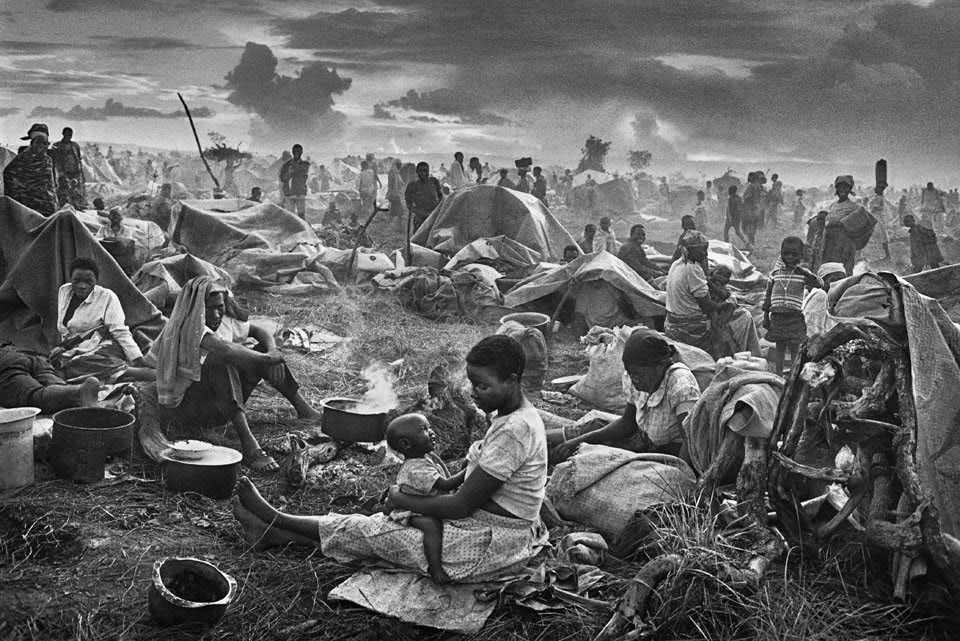
Day three of the workshop started with a keynote speech by Syrian psychiatrist Mohammad Abo-Hilal, a refugee himself who founded ‘Syria Bright Future’, a programme to help Syrian refugee children to cope with the trauma of displacement and deal with the day-to-day challenges of being refugees. He shared personal stories on what he experienced himself and also the children from his programme. One of the things he shared, that I will never forget, was about a five-year-old Syrian child asking: “What is this? Is it a bomb?,” when he was given an apple for the first time. What they have witnessed and gone through has had a big impact, and if we don’t intervene and support them in coping with their trauma, this will be the case also on the rest of their lives.
We talked about how we can help these children. Examples of programmes were shared, including the Sesame Seeds project and We Love Reading, that can promote resilience in the face of adversity. The main message was that we should invest in the early years. And we should invest now.
“They are not going to wait for the war to be over to live their childhood. We need to help them now to be able to play, help them make the situation liveable,” is what Muna Abbas, Head of Mission from Plan International in Jordan, shared about the refugee children currently living in camps.
Alongside experts in the field of early childhood, the attendees could also learn from and get inspired by well-known and well-respected fellow journalists. For instance, award-winning journalist Sarah Stillman (Staff Writer for the New Yorker, directs the Global Migration Project at Columbia University’s Graduate School of Journalism) shared experiences and tips on how to involve children and families in your reporting. And two amazing photojournalists, Tanya Habjouqa and Sima Diab, led a session on innovations in visual journalism. They talked passionately about their work, but – just as their beautiful images show reality – without sugar-coating the hard truth. They shared some tips on being creative if there are stories that need to be told, but the subjects for some reason don’t want to be photographed themselves. There was one story from Sima, for instance, on refugees travelling to Europe by boat, that she told by photographing the contents of the backpacks they travelled with. Tanya shared a story on widows and children of freedom fighters that was told using the curtains in the building they live in to hide their faces, and WhatsApp messages they receive from their husbands.
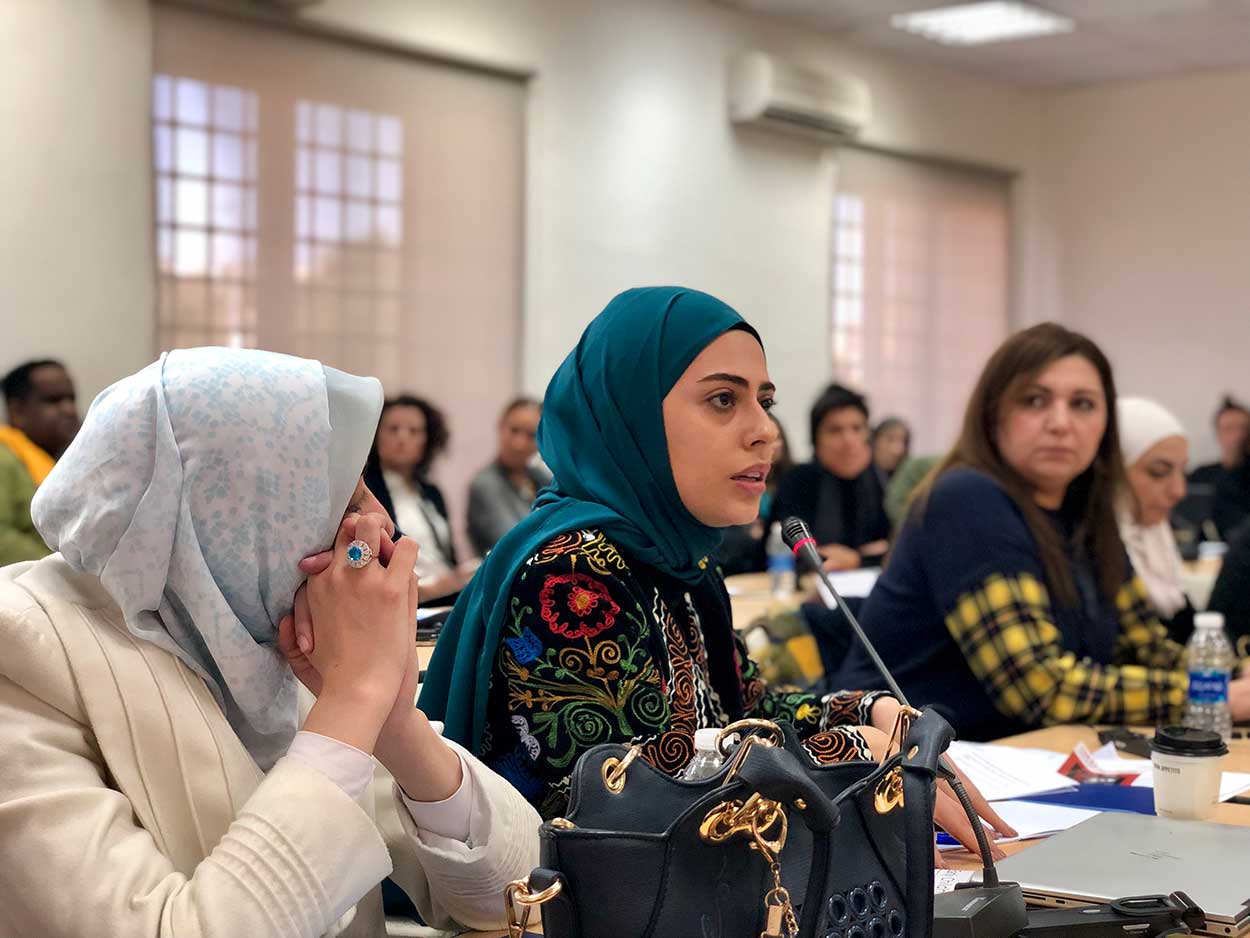
The training workshop ended with a self-care session for the journalists, led by Khaled Nasser (Family Communication Consultant, specialising in parenting, couples therapy and trauma management). Journalists covering the stories of people in distress not only witness difficult situations and traumatised people, as they go through this they experience some form of trauma themselves as well. Also many of the journalists were refugees themselves or have lived in situations of conflict and uncertainties. This session focused on self-care. Khaled shared tips and insights that could serve as handles for the journalists (a.k.a. “socially acceptable rebels”, according to Khaled) to cope with their trauma in a better way. The camera was switched off during this session, enabling the journalists to talk freely about their experiences and feelings. And this is exactly what happened. You could feel that this session was very much appreciated by them, but also very much needed, given the amount of personal stories shared and questions asked.
Being at the training workshop from BvLF (one of the funders of the initiative, together with the Jacobs Foundation, the Maria Cecilia Souto Vidigal Foundation and The Two Lilies Fund), just sitting in the same room with this amazing group of people, hearing so many heart-breaking and devastating stories, made it even more clear to me why the work we are doing is so important. It also made me aware of the needs journalists have and the tensions they experience while doing their job. I hope we as BvLF can contribute in the future in finding solutions for these challenges. I also hope that the journalists and reporters were inspired and wowed by all the facts and stories shared on the importance of the early years, just as I was, so that they will include this in their future storytelling and cause a lightbulb moment with the rest of the public.
One of the reporters joining us in Amman, Anelise Borges from EuroNews, made very good use of her time in Jordan. After the workshop was finished she travelled to the biggest refugee camp in the Middle East, Za’atari camp – home to more than 80,000 Syrian refugees, of which more than half are children – to report on what it is like to live in a refugee camp as a child:
This great feature aired only days after the Dart training workshop was finished, and is hopefully a start for many more stories to be published, as many journalists left Amman motivated and inspired. We won’t stop spreading the word on the importance of the early years and we hope to have convinced and inspired the journalists to do the same thing. Because the children of today are the future of tomorrow, and a good start in life is crucial.
Want to learn more?
All recorded sessions will be shared via the Dart Center website soon, along with a selection of great resources on the topics discussed.
